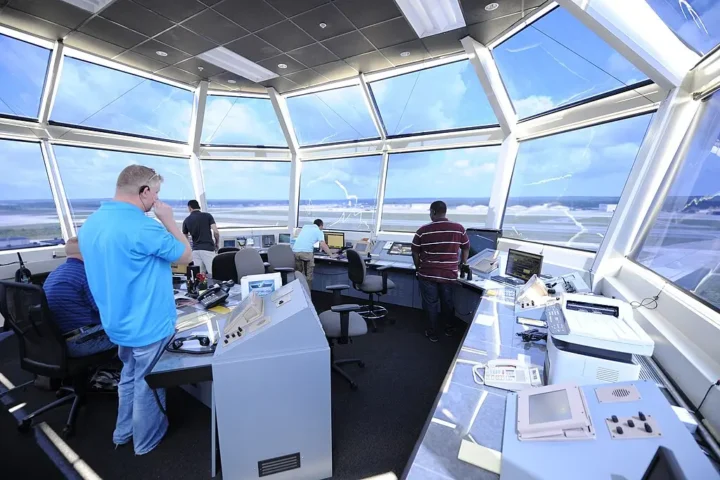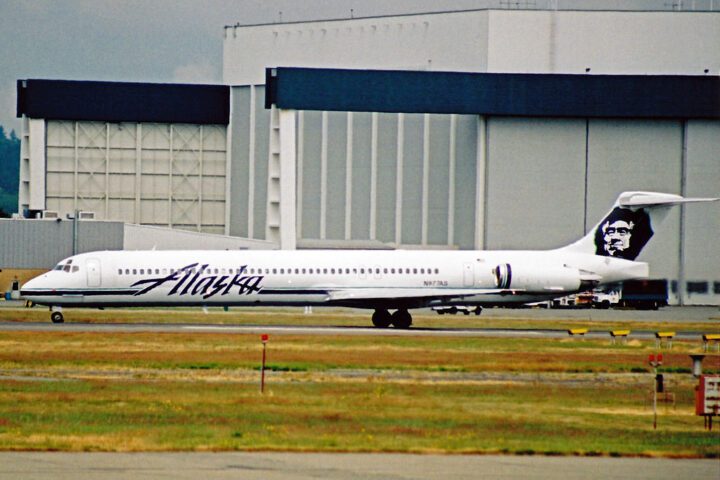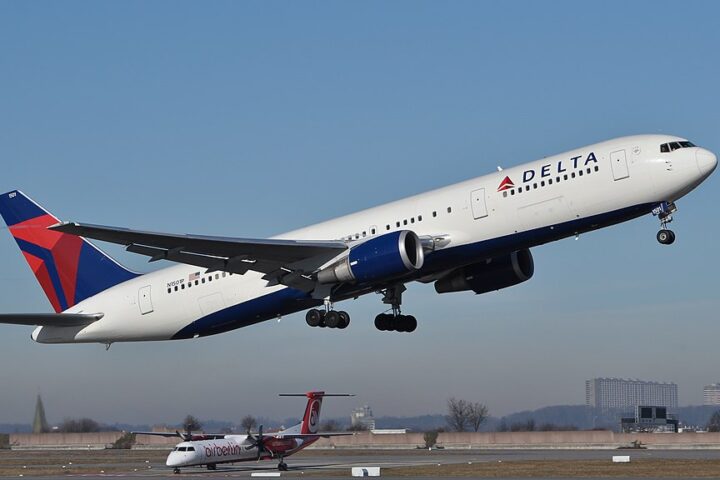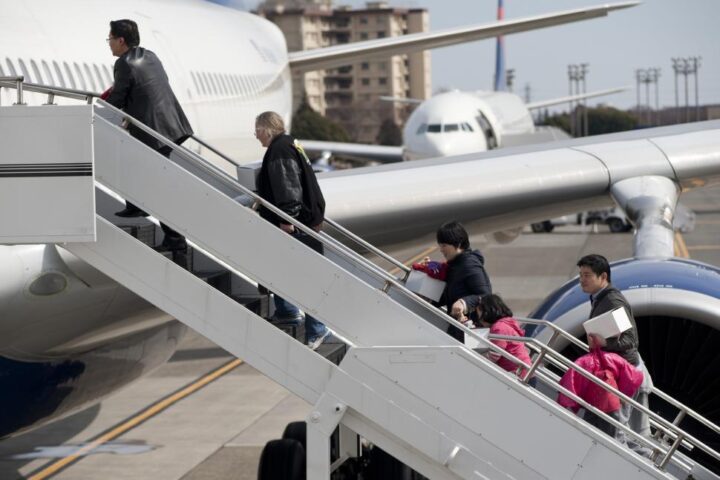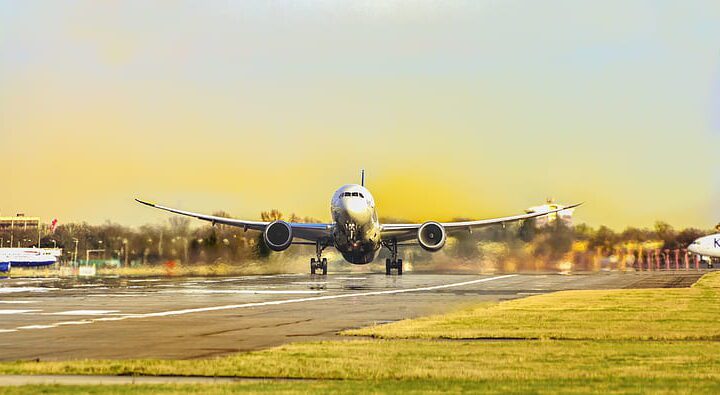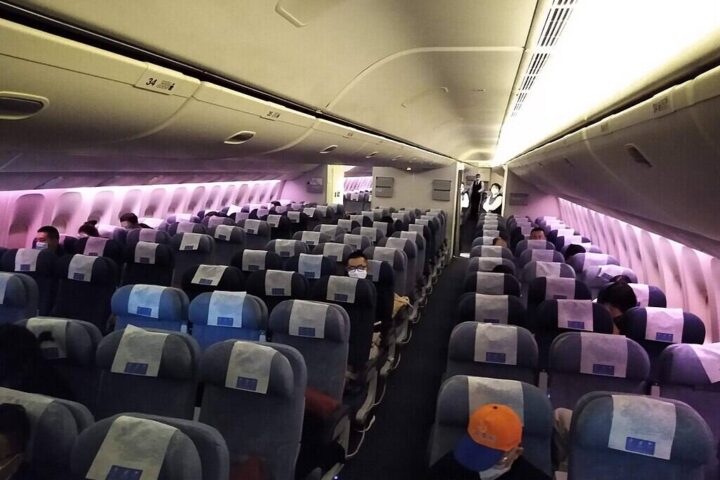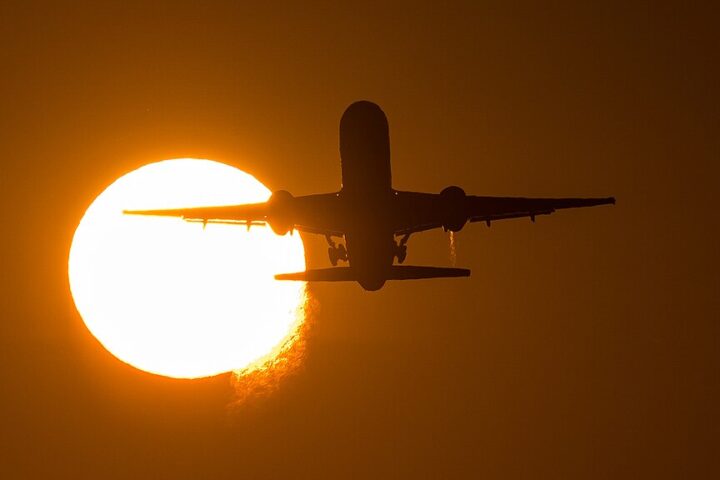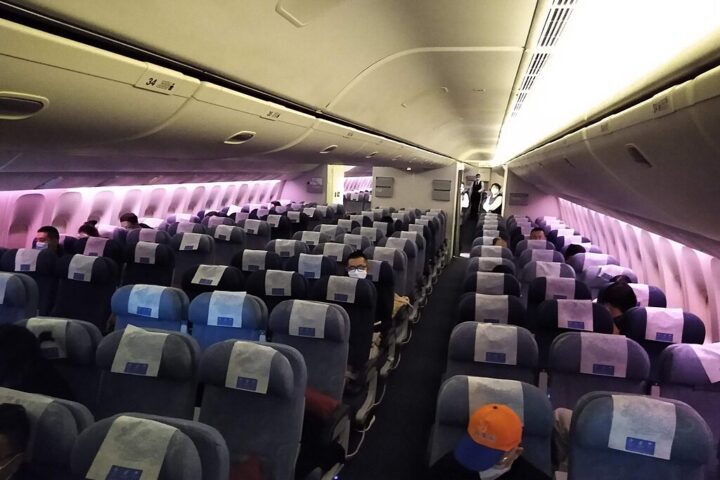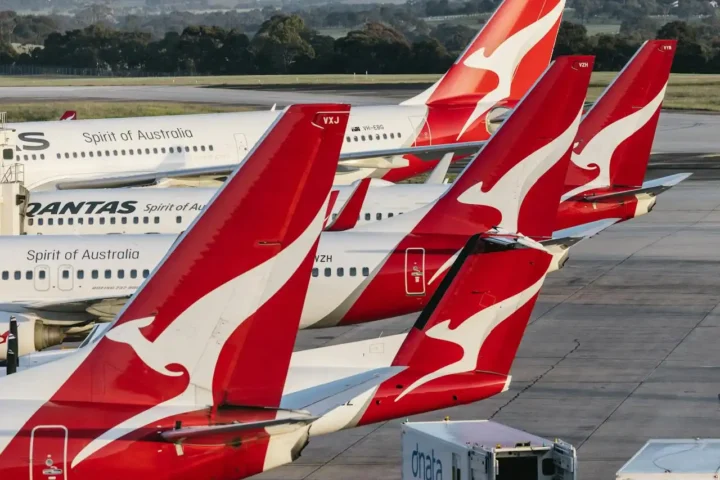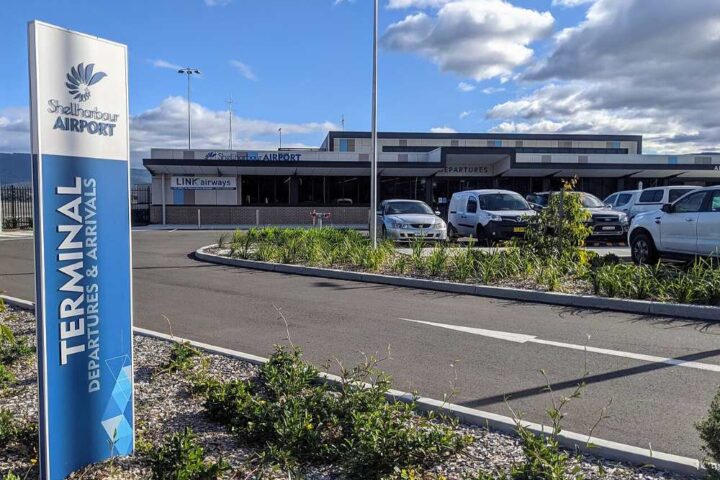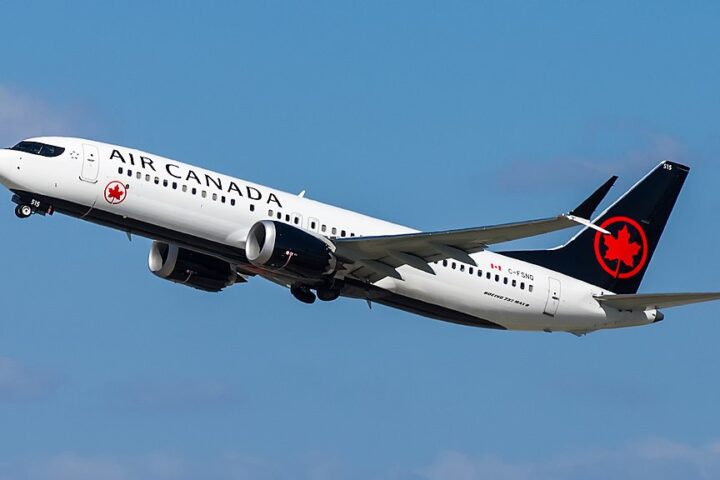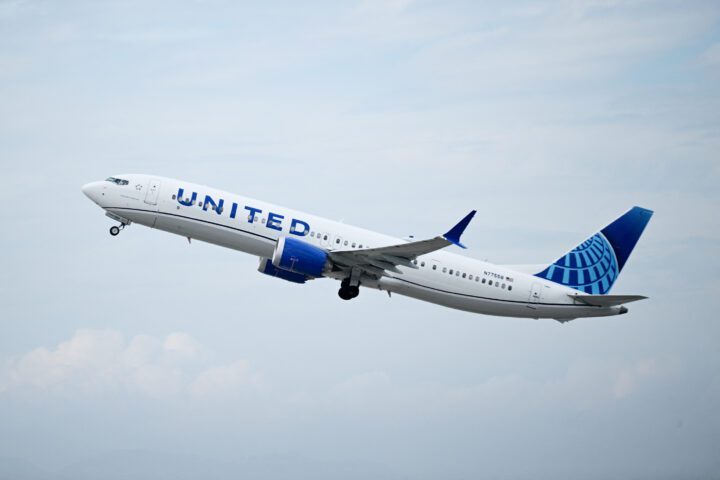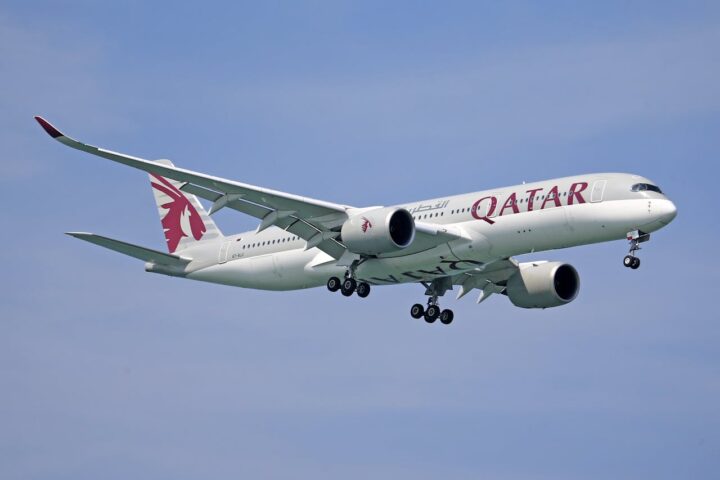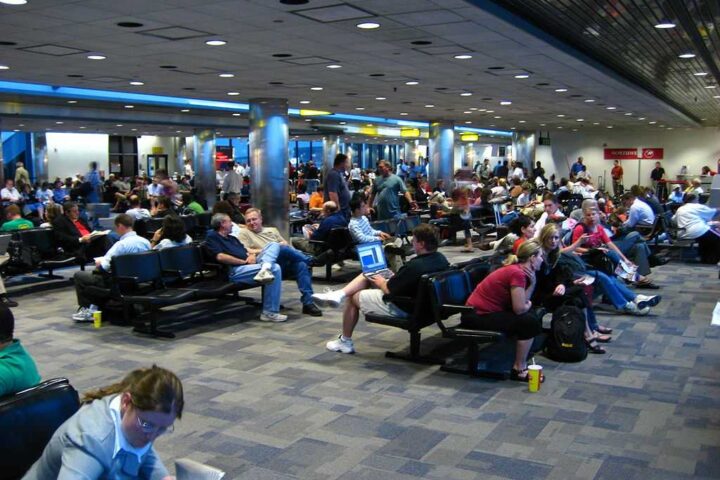The U.S. and UK airline sector is facing significant headwinds as multiple carriers announce substantial flight reductions for August 2025 and the upcoming winter season. American Airlines, United, JetBlue, and Avelo are all trimming routes amid what industry executives call “softening travel demand” coupled with operational challenges.
These schedule reductions will affect hundreds of flights across domestic and international networks, with particular impact on hub operations at Chicago O’Hare, New York JFK, and the entire West Coast market. For passengers, this translates to fewer options and potentially higher fares on affected routes.
American Airlines Leads Schedule Reductions
American Airlines plans to eliminate over 70 weekly departures starting in August 2025. The Dallas-based carrier will reduce frequency on its Chicago O’Hare to Dallas/Fort Worth route from 98 to 85 weekly flights – a cut of 13 weekly departures at a key hub connection.
Additional reductions target service to Wilmington (ILM), El Paso (ELP), New York LaGuardia (LGA), Kansas City (MCI), and Pittsburgh (PIT). This pullback comes amid an intensifying gate dispute at O’Hare, where American has filed legal action against the City of Chicago.
The carrier claims Chicago’s premature gate reallocation violates a 2018 lease agreement that included a specific ramp-up period extending to March 2026. According to court filings, the city was not permitted to review gate usage until April 2027 at the earliest.
Similar Posts
United Trims Domestic Network by 4%
Chicago-based United Airlines announced approximately 4% cuts to its domestic capacity, focusing primarily on secondary markets. This change will take effect starting in the third quarter of 2025, according to the airline’s official statements.
In response to American’s legal action at O’Hare, United President Brett Hart stated that American “underutilizes its current gates while United continues to gain market share” at the airport. The dispute highlights the premium value of gate space at congested hubs as airlines adjust their networks.
JetBlue Faces Financial Headwinds
JetBlue Airways is making substantial cuts to its route network amid financial challenges. The carrier reported a $208 million net loss in Q1 2025, according to its financial results.
According to internal company communications, achieving breakeven in 2025 now appears unlikely. The airline cited “weak travel demand, increased engine inspection costs, and economic uncertainty” as driving factors behind network adjustments.
JetBlue announced in December 2024 that it would discontinue several routes from New York JFK, including services to Austin, Houston, and London Gatwick. While the airline is reducing some Miami operations, it is not exiting the Miami market entirely, as it continues to maintain Boston-Miami service.
Avelo Abandons West Coast
In perhaps the most dramatic move, budget carrier Avelo Airlines announced it will exit the West Coast market completely by December 2, 2025, shutting down its Burbank base. Industry data from DB1B shows Avelo recorded weak Q1 performance among domestic carriers.
“This was not an easy decision,” said Andrew Levy, company CEO, in a statement. “Our company’s deepest operational roots are in Burbank, having launched our first flight there four years ago during the COVID-19 pandemic.”
While a group called “Coalition to Stop Avelo” has claimed protests against the airline’s ICE deportation flights influenced the closure, Avelo has denied these claims. The airline stated the decision was based on financial performance, noting that “despite the investment of significant time, resources and efforts, our West Coast operations have not produced the results necessary to continue our presence there.”
Why Airlines Are Cutting Back
The current wave of capacity reductions stems from multiple factors affecting the industry:
- Softening demand – Particularly in price-sensitive leisure markets that expanded rapidly after the pandemic
- Rising operational costs – Fuel, labor, and maintenance expenses have climbed steadily
- Aircraft availability issues – Engine inspection requirements and delivery delays from manufacturers
- Gate constraints at major hubs – Exemplified by the O’Hare dispute between American and United
These challenges appear to be hitting carriers with weaker balance sheets particularly hard, with JetBlue and Avelo making the most significant network adjustments.
Impact on Travelers
For passengers with existing bookings on affected routes, these changes mean potential disruption to travel plans. Most airlines are contacting affected customers directly with rebooking options or refund offers.
Travelers planning future trips should be aware of reduced frequency options, particularly on secondary routes and at specific times of day. The cuts could also lead to fuller flights and potentially higher fares as supply tightens.
Those flying through Chicago O’Hare may experience particular volatility as the gate dispute continues to affect scheduling decisions by both American and United.
What To Do If Your Flight Is Affected
If you have bookings for August 2025 or beyond on any of these carriers:
- Check your email for notifications from the airline about schedule changes
- Verify your reservation status on the airline’s website or app
- Consider alternative routing if your original flight has been canceled
- Know your rights regarding refunds if the new schedule doesn’t work for you
DOT regulations require airlines to provide full refunds when they cancel flights or make significant schedule changes, regardless of the ticket type purchased. Under current rules, passengers are entitled to refunds if they choose not to accept alternative transportation offered by the airline.
Winter 2025/26 Outlook
The current schedule reductions may extend into the winter 2025/26 season, with carriers indicating a cautious approach to capacity planning.
Industry analysts point to continued pressure on airlines to match capacity with actual demand, rather than the aspirational growth many carriers projected in their post-pandemic recovery plans.For now, the days of rapid expansion appear to be giving way to a more measured approach across the U.S. airline industry, with implications for route networks, pricing, and passenger options in the months ahead.




